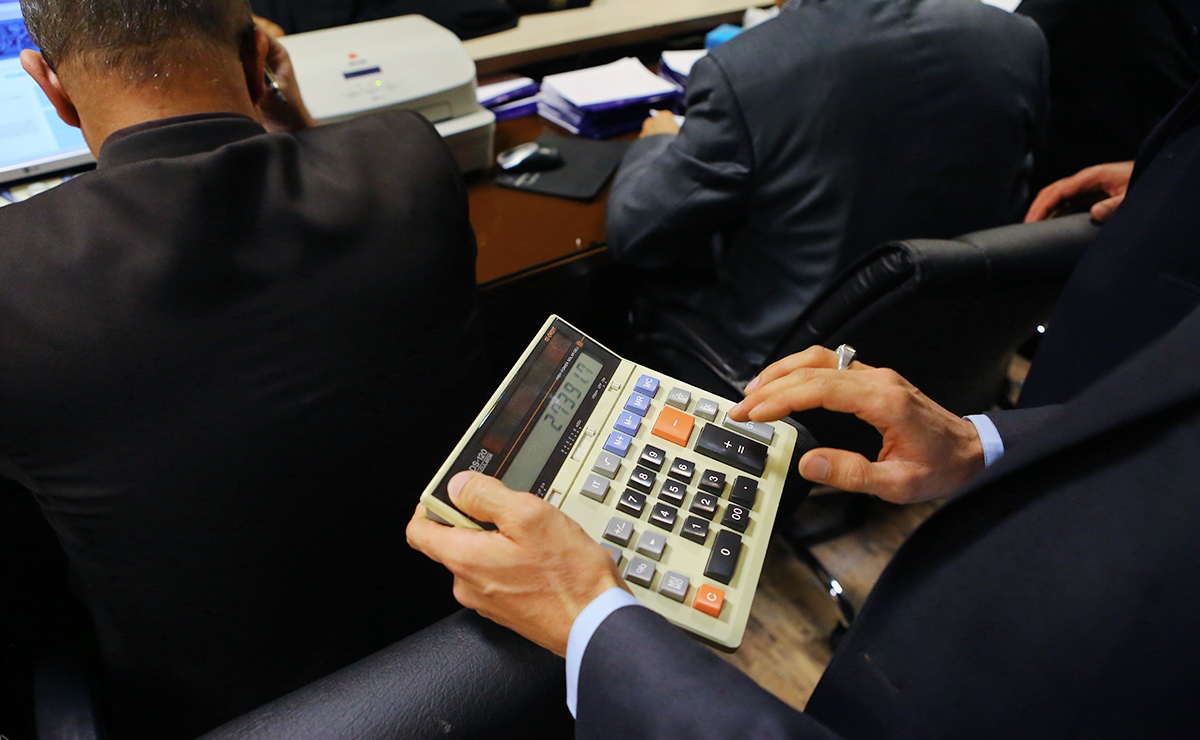Majlis Research Center has forecast that the government will meet its import tax revenue target set in the 2018-19 budget, while predicting a higher foreign exchange rate and a significant reduction in goods receiving subsidized hard currency in the year ahead.
In its latest report that analyzes import tax in the recent budget bill, the body notes that an increase in foreign exchange rates in the coming year would decrease the value of imported goods in dollar terms while increasing tax revenues.
The parliamentary research center pointed out, however, that the precise impact of this on realizing the budget import tax target remains to be seen.
In his proposed annual budget bill presented to the parliament on Dec. 10, President Hassan Rouhani put the rate of the US dollar at 35,000 rials while the greenback is currently being traded north of 42,000 rials in the open market.
That is why MRC also notes that “considering the economic conditions of the country and a lack of increase in oil revenues, an increase in foreign exchange rates more than what has been projected in the budget law, be it for the purpose of meeting market demand or implementing the rate unification policy, will not be very improbable”.
It further said the elimination of subsidized hard currency for many goods–a prerequisite of forex rate unification–in the next year “would not be far-fetched”.
“But conditions of the country in the coming months would dictate to what extent foreign exchange rates would rise,” MRC declared.
Import Tax Target Realization
The parliamentary think tank notes that the share of import tax from indirect taxes (total tax on goods and services and import tariffs) in budget laws of the fiscal 2013-14 through 2016-17 has been 32%, 31%, 32% and 30% respectively, which renders it an important source of income for the government.
The share has been envisioned at 33% in the fiscal 2017-18 budget.
“Import tax revenues in the annual budget throughout the years indicate that whenever the figure has been predicted realistically and in line with the yearly performance and conditions of the country, its chances of realization have increased,” MRC noted, adding that the opposite is true when the targets were set unrealistically.
For instance a sudden respective jump of 51.7% and 52.6% in fiscal 2006-07 and 2010-11 meant that only 69.23% and 76.36% of import tax revenues of those years were realized. On the other hand, when the same increase for the fiscal 2013-14 was set at 7.33%, it translated into a 122.3% realization of import tax revenues in the budget.
The research center then outlines three ways of arriving at the figure for import tax income of the current fiscal year to March 2018. In the first method, it compares the initial six-month performance of last year with its 12-month performance and applies it to the first six-month performance of this year.
The method will result in a prediction that the current budget law will see the administration’s import tax revenues reach 186.176 trillion rials ($4.34 billion), which means that it will have a realization rate of 107.1%.
The second method will be to obtain data and information related to cash revenues, guarantees and clearances by the Islamic Republic of Iran Customs Administration. After considering all the aforementioned data using this method, MRC predicts that import tax revenues will stand at 231.99 trillion rials ($5.04 billion) at the end of the current fiscal year (March 20, 2018).
For the final method, the think tank says that considering the necessity of reaching a realistic prediction for import taxes in the current year and in light of the possibility of imports rising during the final months, a median figure of the previous methods can be employed, whereby the results project 209.08 trillion rials ($4.87 billion) in import tax incomes, meaning that 120.29% of the government’s vision will be realized.
2018-19 Target
MRC analyzes the figures for the fiscal 2018-19 and notes that import taxes in the annual budget law has risen by 32.42% compared to the figure approved last year while the government has predicted its import tax realization to increase by 10.09%.
As the think tank states, the rise compared to last year has been predicated on a number of crucial factors, namely an increase in the value of imports, a rise in the average rate of real tariffs, a rise in foreign exchange rates, a combination of aforementioned factors and a change in previous trends based on which the IRICA will collect its revenues and be further equipped by electronic tools such as the single window system.


